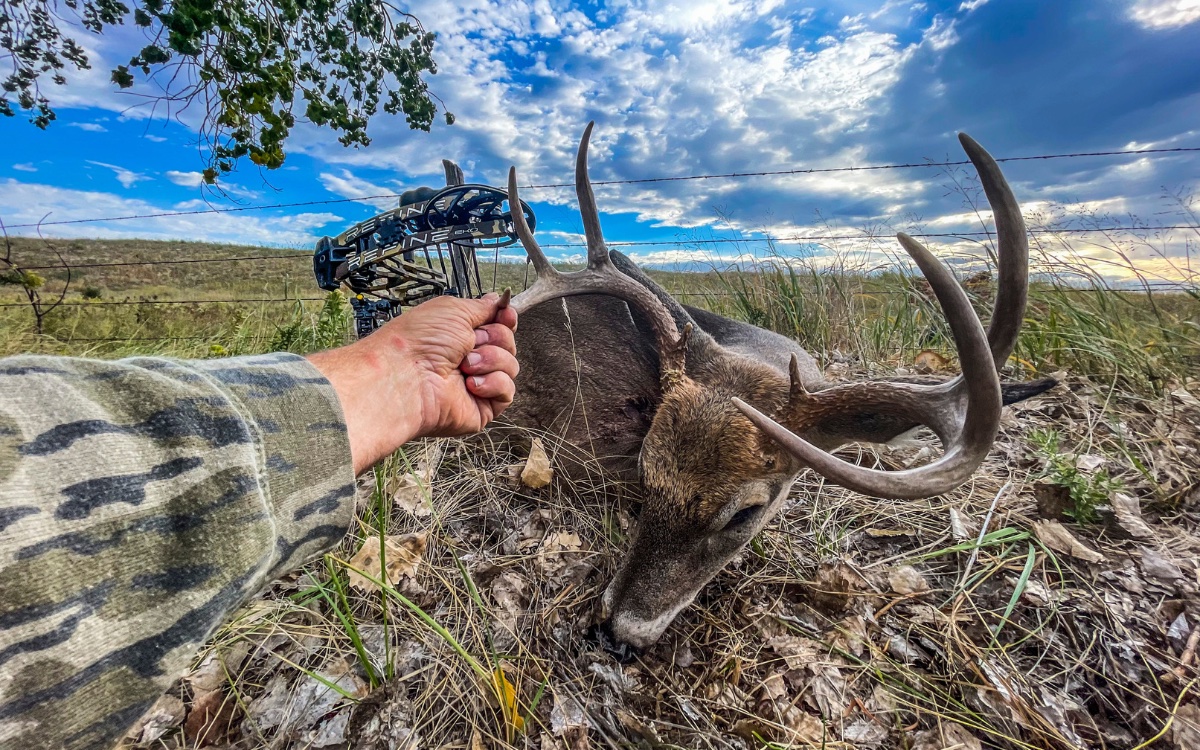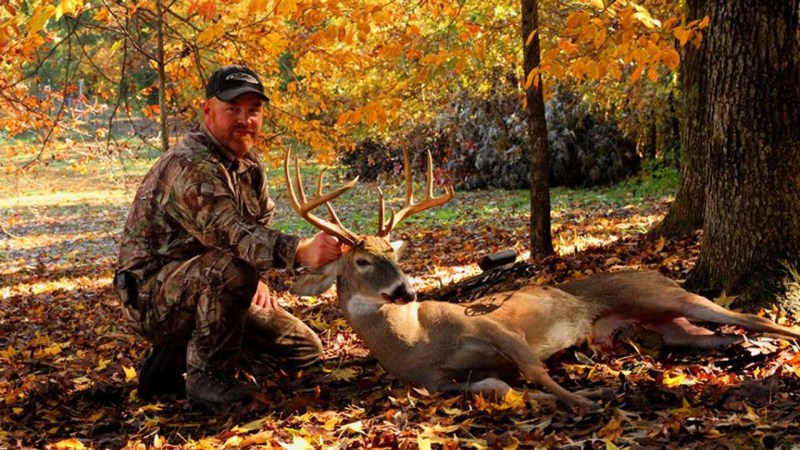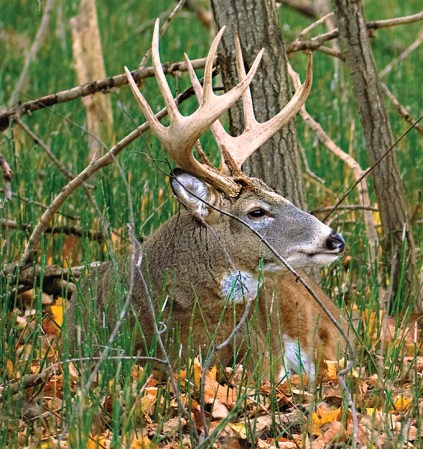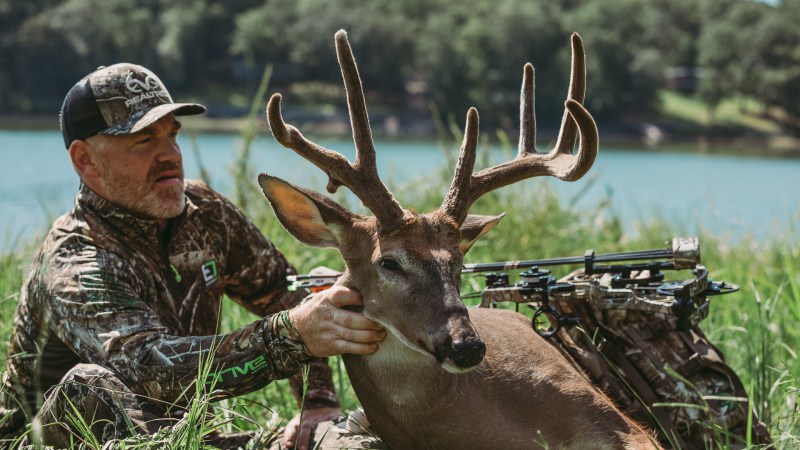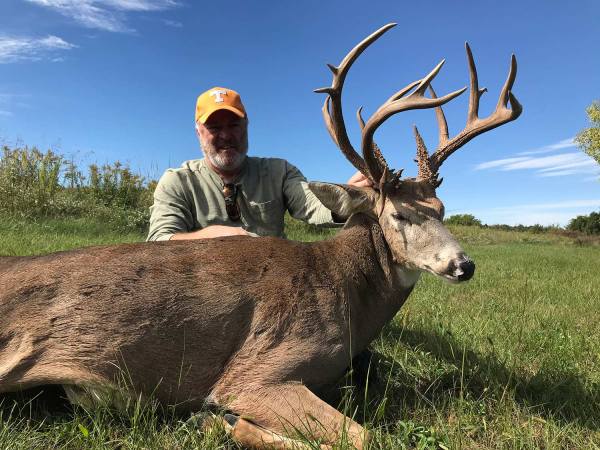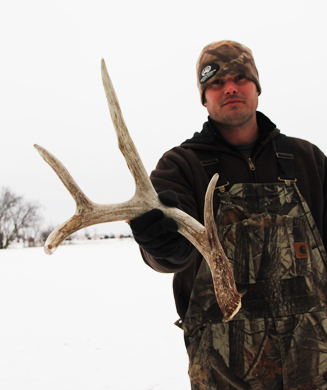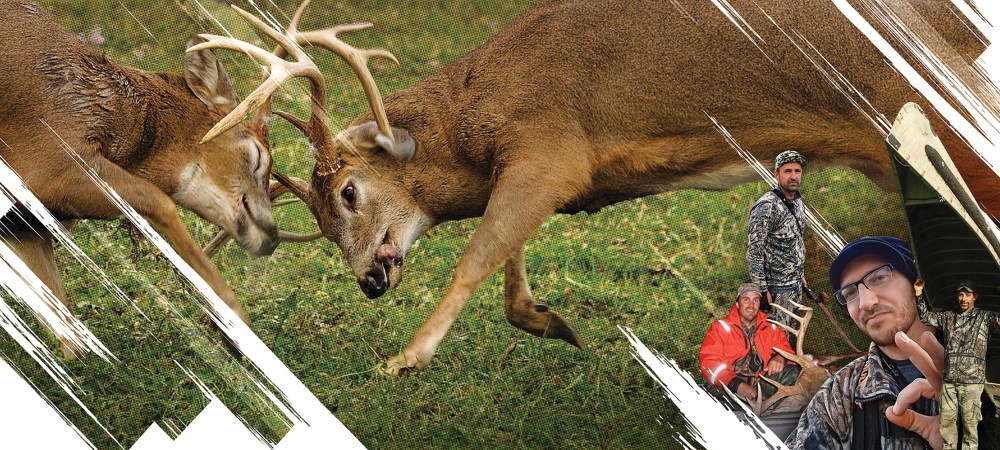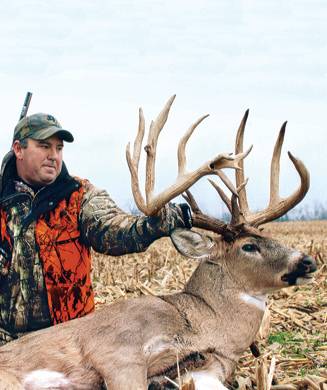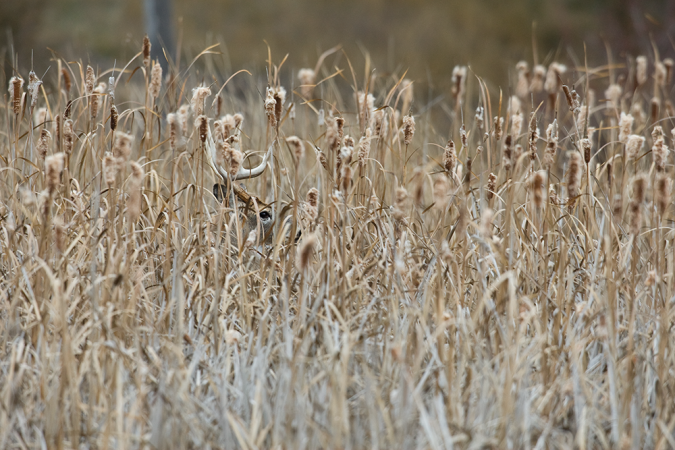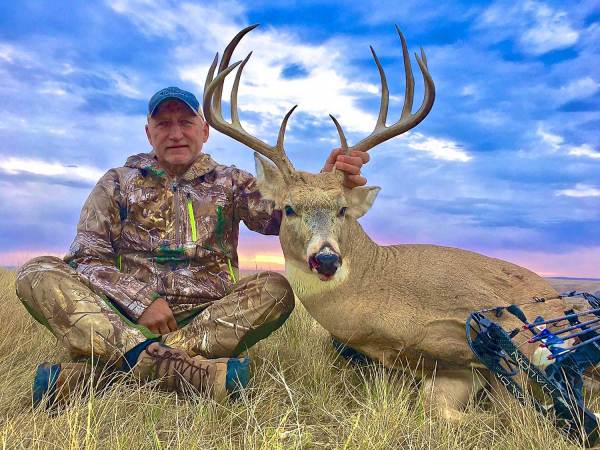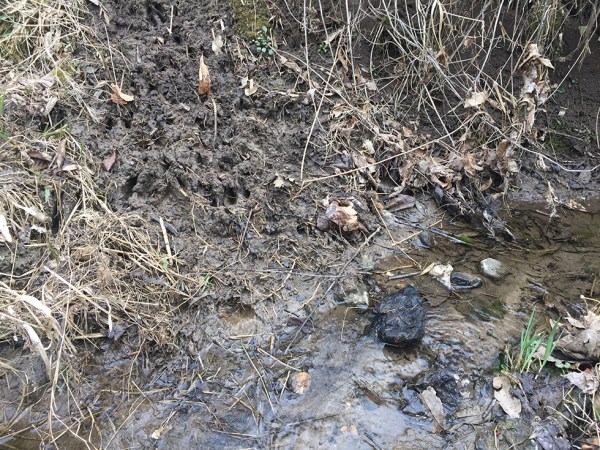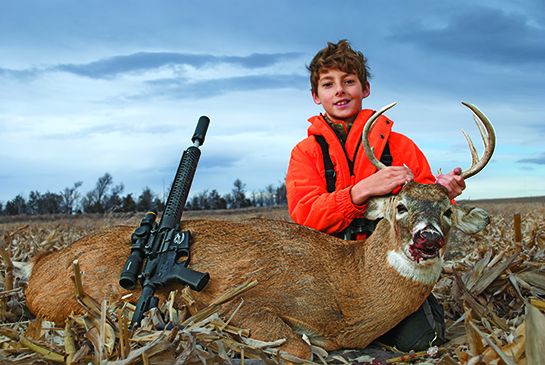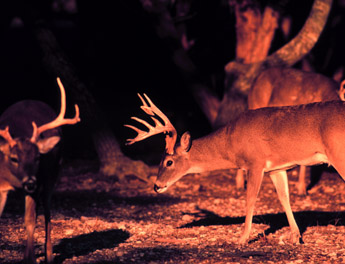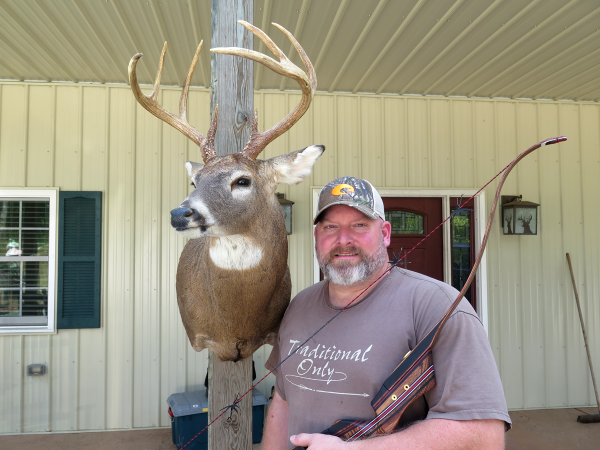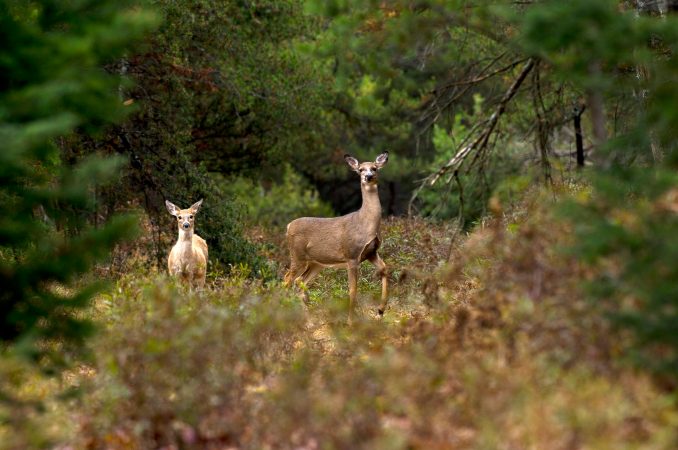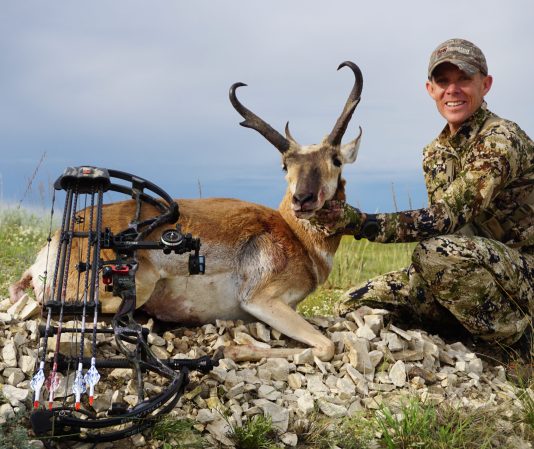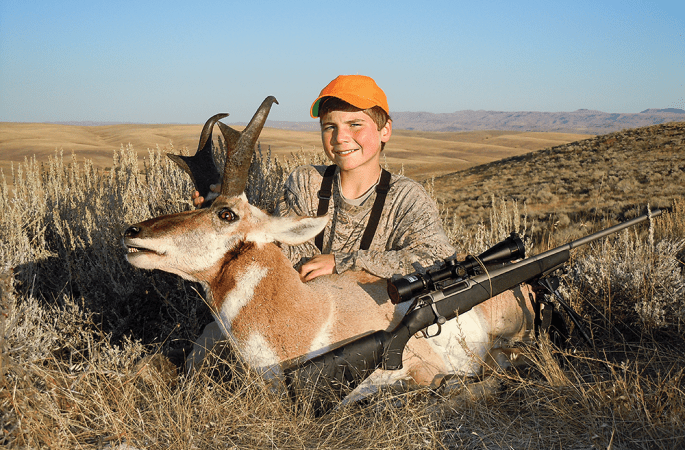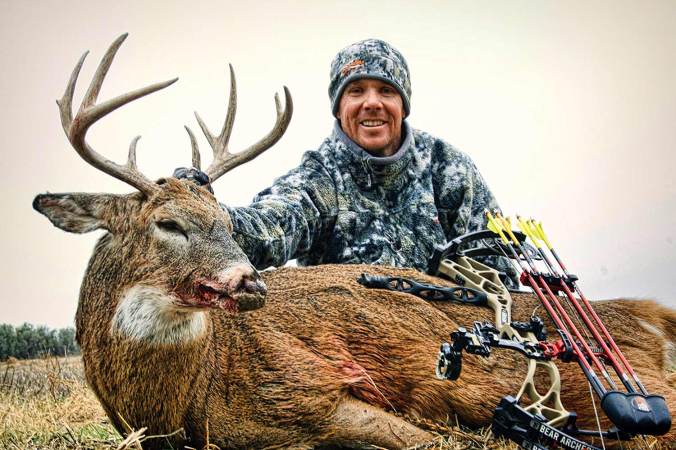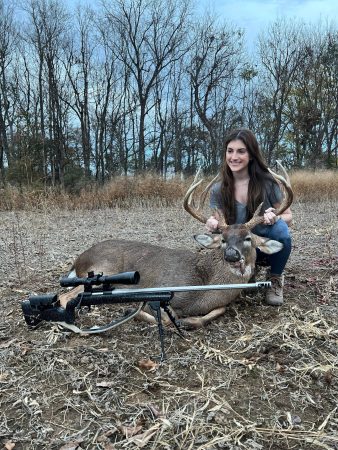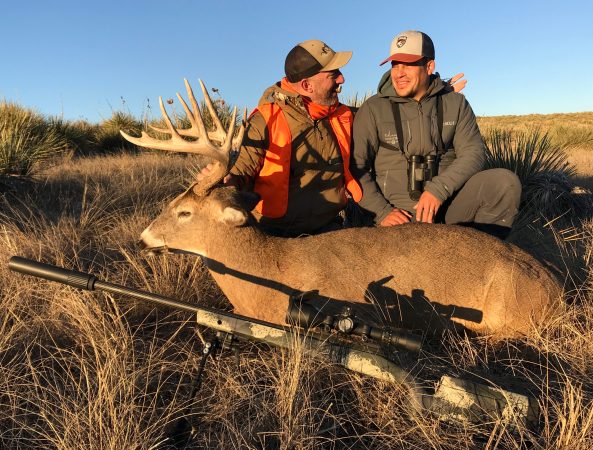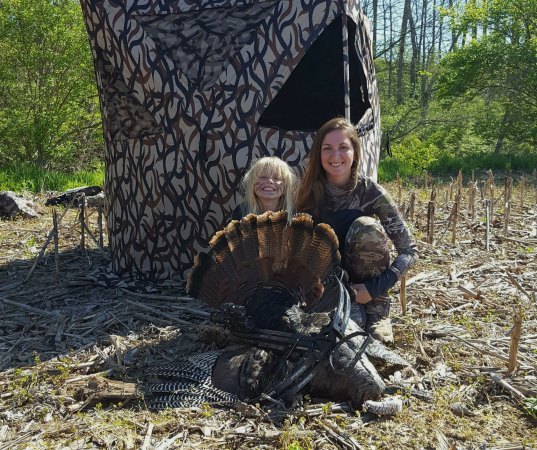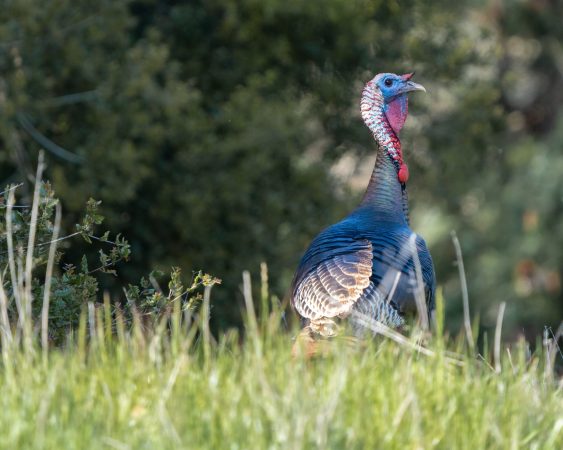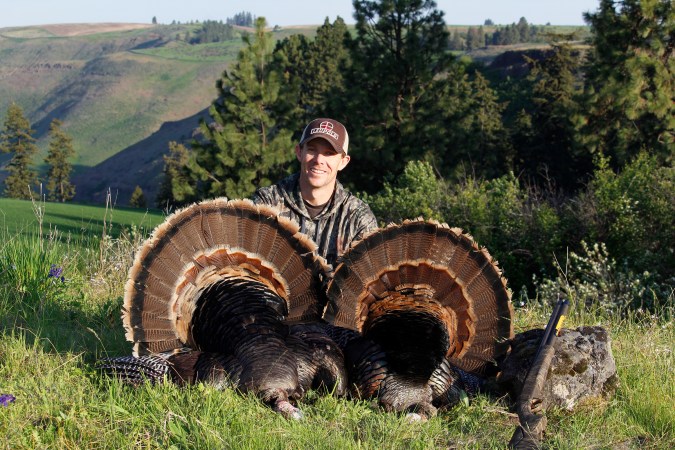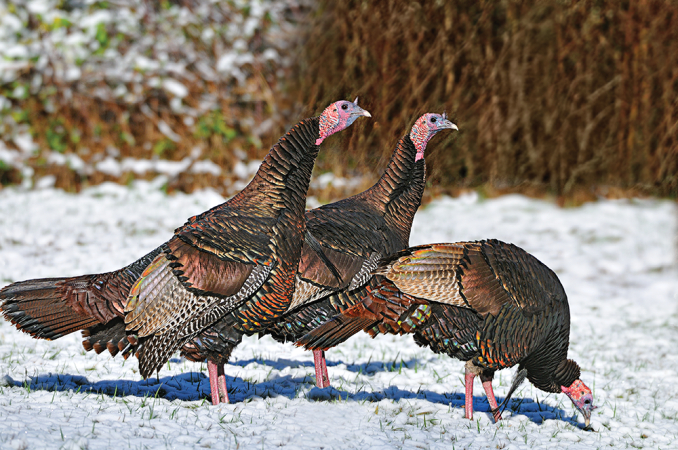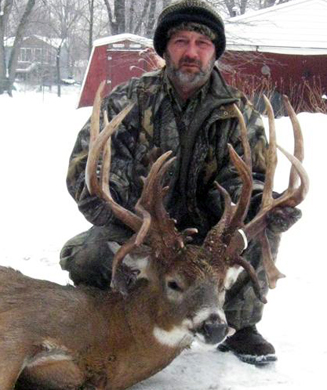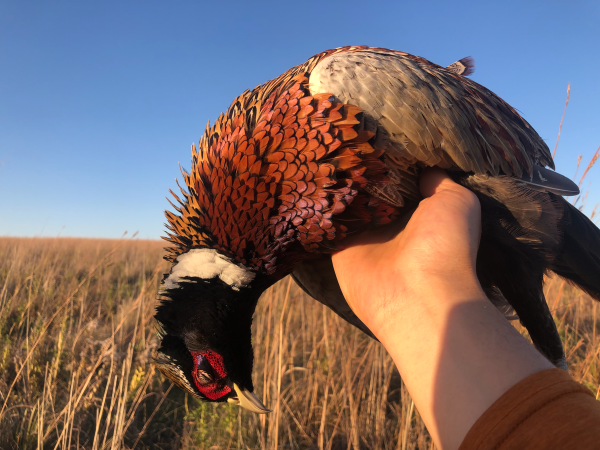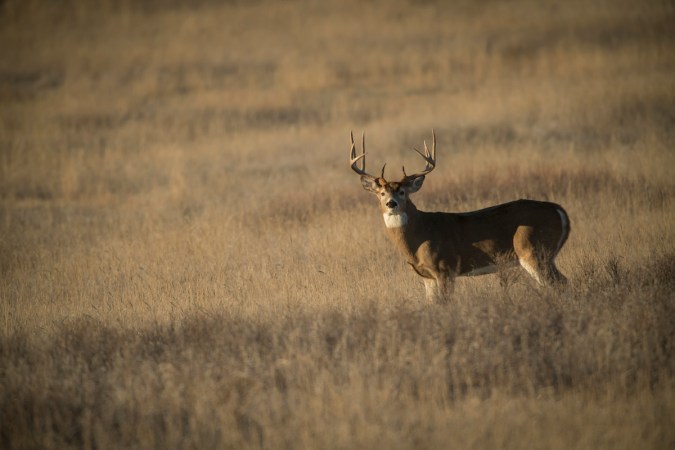For the fifth stop of The Hunting Public’s Deer Tour, Greg Clements headed to South Dakota and Nebraska in pursuit of early-season whitetails with his bow. Clements was hunting alone on this trip, so every hunt had to be carefully planned for self-filming. Clements and his wife recently moved to South Dakota from Iowa, but Clements had planned these hunts as a way to break up his drive back to Iowa where he would meet up with the rest of The Hunting Public crew.
As he set out for his long week of traveling and hunting, Clements planned to stop at a piece of private property in South Dakota he’s hunted for a few years to scout and hopefully close the distance on one of the bucks he encountered there last season. Here are a few tips from Clements’ week-long hunt on the prairie that you can use on your own open-country hunts.
Don’t Rely on Last Year’s Scouting and Intel
About 15 years ago, Clements went on a family hunt near the Black Hills in South Dakota for the first out-of-state hunt in his life. He fell in love with the area. Because of the state’s residency laws, he’s hunting with a non-resident tag this season—as he has in years past. This means he could only hunt the private land where he had permission until October 1st. After that, he can only hunt on public lands in the state.
Going into this year’s mid-September hunt, Clements’ game plan was to hunt the same spot he had hunted last year.
“Going away from that season, I thought this property was incredible,” says Clements.
He had a great feeling about the area last September, but he didn’t see many deer or much sign that trip. The property simply didn’t have the same feel as the year before. He eventually worked his way deeper into the property to hunt near a water hole and found the deer, but only in a small area. He ended his 2021 season seeing shooter bucks every morning of his three day hunt. He just never got the right wind to make a move.
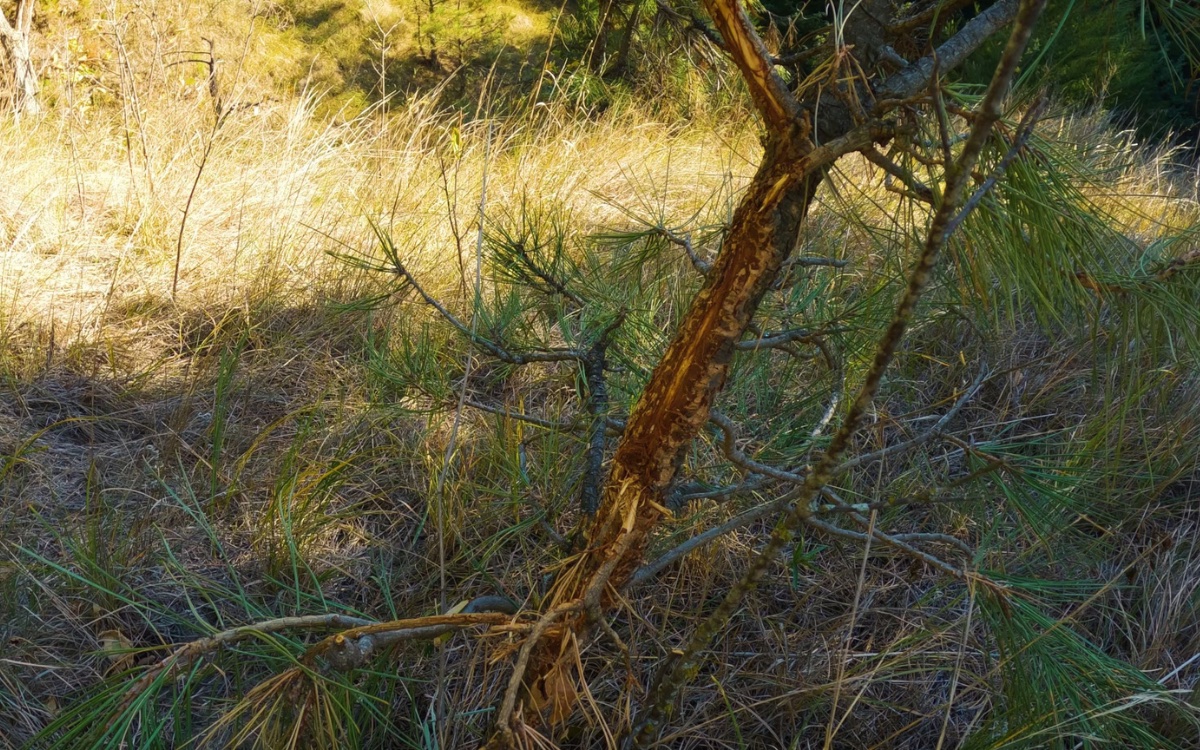
Based on what he saw in 2021, he anticipated that he would have a really good opportunity to kill a nice buck this September if the deer followed the same pattern as the year before. As he started scouting and putting out trail cameras, however, he noticed almost no deer sign in the spot and he found cattle grazing there.
To Clements dismay, the cattle had changed the face of the property by eating the undergrowth. With virtually no deer on his trail cameras and his first sit under his belt, he knew he needed to make a move.
“I found one spot on the property where the cattle hadn’t been,” Clements says. “I found tons of beds, rubs, and other sign and decided to set up a trail camera.”
Clements says he should have anticipated that the property might hunt differently from one year to the next. Whether it’s environmental conditions, disease, changes in crop production, hunting pressure, or in this case cattle grazing, deer can and will redistribute to new areas. Take that into consideration if you’re consistently hunting the same places over and over again. If you’re not seeing the deer or the sign that you did the year prior, it’s more than likely time to make a move and do some scouting.

Stalk Into Your Hunting Location
The cameras revealed several good bucks in that area, so Clements decided to hunt one final evening before departing for Nebraska. While scouting the area, he located a tree that would be perfect to set up in. The only issue was that he found several beds near his stand location.
As he worked his way into the area, he took his time and glassed every couple of steps. This allowed him to quietly approach the area and gave him the chance to see that there was a doe bedded down about 10 yards from his tree. He didn’t want to spook the doe, but he also didn’t have much time to waste.
“If you spook a deer in a situation like that, they could run right into a bedding area and spook other deer, like your target buck,” says Clements.
Thinking quickly, he rolled a rock down the hill, which got the doe’s attention but didn’t spook her. She simply stood up and moved off slowly. That evening, Clements had an encounter with a mature buck that came right out of the bedding area she likely would have run through, further proving the importance of stalking into your hunting location.
While the encounter with the mature buck didn’t provide a shot opportunity, Clements left South Dakota feeling confident that he had learned even more about the area. He plans to do some South Dakota public land hunting later this fall with his family members. But first, he headed down to Nebraska for the final leg of his hunt.
Clements had hunted in this general area of Nebraska before, but was breaking down new tracts of land he hadn’t seen before. He had three days to seal the deal before he needed to be in Iowa.
Clements dove in and started scouting on his first day. He was focused on finding areas where the burr oaks were dropping acorns and assumed that’s where the deer would gravitate to. Using the ‘Acorn Producing Oaks’ layer on his OnX Hunt app, he was able to hone in on these spots and quickly scout for deer sign.
The first day of scouting led to a ton of sign, scat, acorns, and trails. That evening, Clements saw seven deer in the last 10 minutes of light around a feed tree, but none came within bow range. The next morning he went back to the same spot thinking he’d catch the deer coming back to bed and feed under those oaks.
“I had high hopes for that morning hunt, but ended up only seeing a doe and fawn moving through, they just didn’t come and feed under that tree like the night before,” said Clements.
That afternoon, he decided to mix it up and hunt a different area along a creek bottom with really thick bedding cover. The high winds that day allowed him to get in tight to the bedding, where he saw a couple of does with fawns. By the end of the second day of his Nebraska hunt, he had a couple close calls with does, but no arrows were released.
Work Together With Other Hunters on Public Land

To kick off his third and final morning, Clements opted to scout rather than hunt. While scouting an area he wanted to hunt that afternoon, he came across another bowhunter, Travis, who had traveled there from Wisconsin. Clements and Travis broke down their hunts thus far and began to discuss their plans for the evening hunt.
“We got to talking and realized we were hunting all of the same areas and actually planned to hunt the same exact spot that evening,” recalled Clements.
After this realization, Clements graciously changed his plans so that Travis could have the area to himself. (The spot was situated near a milo field, and Clements had seen deer there before.) The two exchanged numbers and Clements set out to scout a new area nearby.
As he entered the new spot, he found a large patch of burr oaks on his OnX Hunt app close to thick cover. As he began working toward the patch of burr oaks, he was encouraged by the sign he was finding. When he got down into the draw, he found a fresh rub and lots of tracks, along with two fresh scrapes.
“I remember thinking, This is the spot, this is what I was hoping to find,” Clements says.
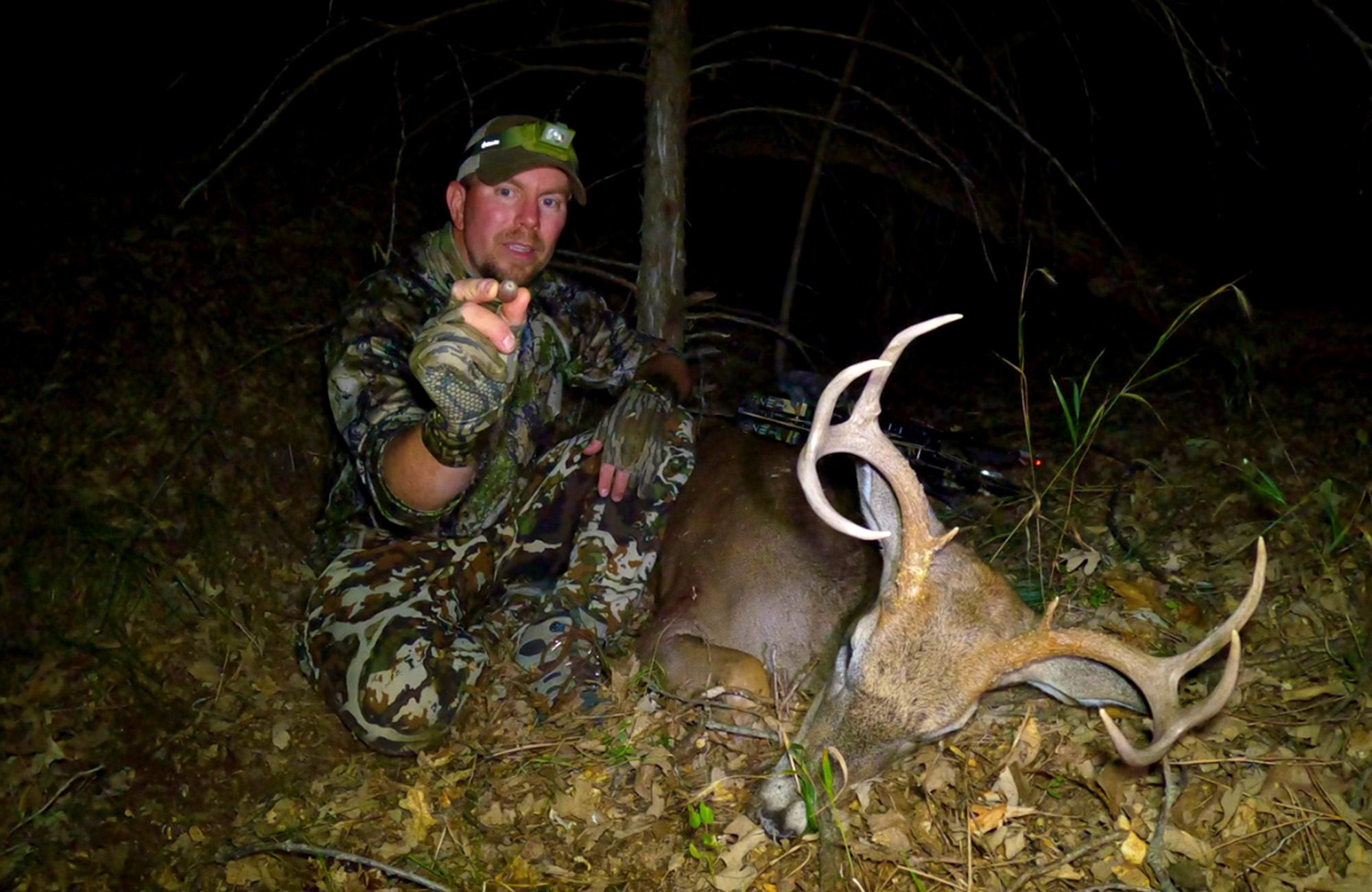
He picked a tree about 10 yards from the scrapes with two trails on either side of the tree. Within 20 minutes, he was set up and ready to film. The wind was perfect. With steep ridges on both sides, the wind typically swirls which makes it tough to hunt, but in this case, the draw was directly in line with the wind direction and his scent was blowing back to where he had entered the draw.
After about two hours with no action, he was surprised he hadn’t seen anything yet. Then he suddenly heard something in the leaves nearby. A few minutes passed and the steps kept coming down the draw. Soon enough, a shooter buck came into view.
“By the time I saw him, he was within bow range because of how thick it was,” Clements says. “He slowly kept feeding on acorns and moving closer.”
Standing 15 yards away, the buck was broadside, but branches were blocking any shot Clements had. As he played it cool and kept himself from rushing a shot, the buck suddenly trotted his direction and stopped at eight yards behind a group of cedars. As the buck began working back toward the thick cover again, Clements drew back and took advantage of the only opening he had. The buck stepped into the opening quartering away at 12 yards and Clements let the arrow fly.
“I knew I hit him well, the arrow got a perfect pass through and he took off,” says Clements. “I thought I heard him crash on the other side of the ridge.”
As Clements got down out of the tree, he went to check the arrow and called Travis. Travis excitedly agreed to come help Clements track the buck. Once he arrived, the two followed the blood trail and confirmed Clements’s suspicion that the deer had crashed on the other side of the ridge.
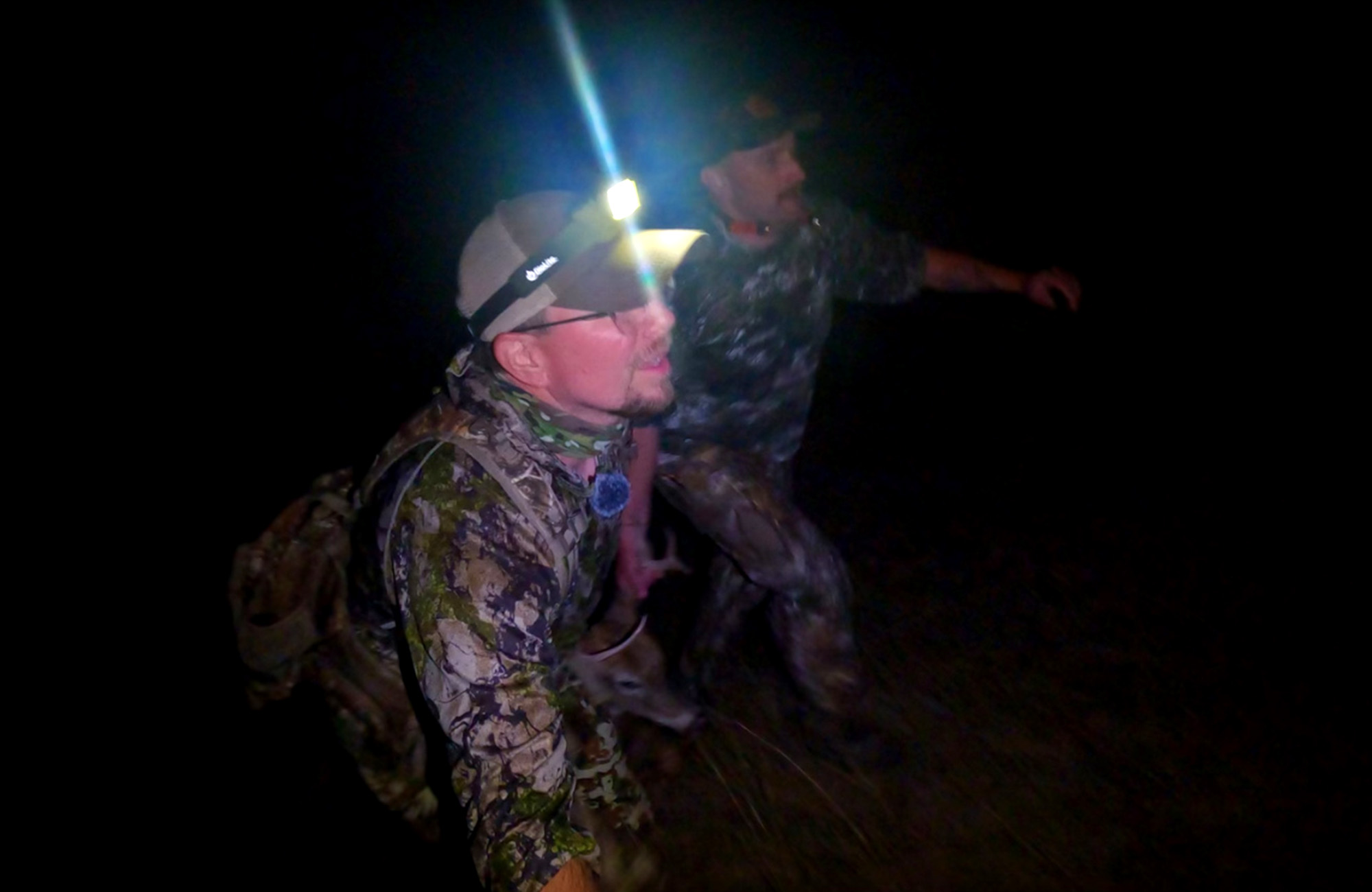
“What made that hunt meaningful for me was I was able to call Travis almost right away. After working together that morning, it was really cool to be able to call him and share that success.”
The interaction reminded Clements of hunting public land around his hometown when he was growing up. Outdoorsmen helping one another is something we should all be excited to hear about. When you’re hunting public land, it’s easy to get frustrated by seeing other hunters. But instead of focusing on that negativity, try to make your experience a positive one. Talk with fellow hunters and don’t be afraid to work together. You never know when you’ll need help packing out a buck!

